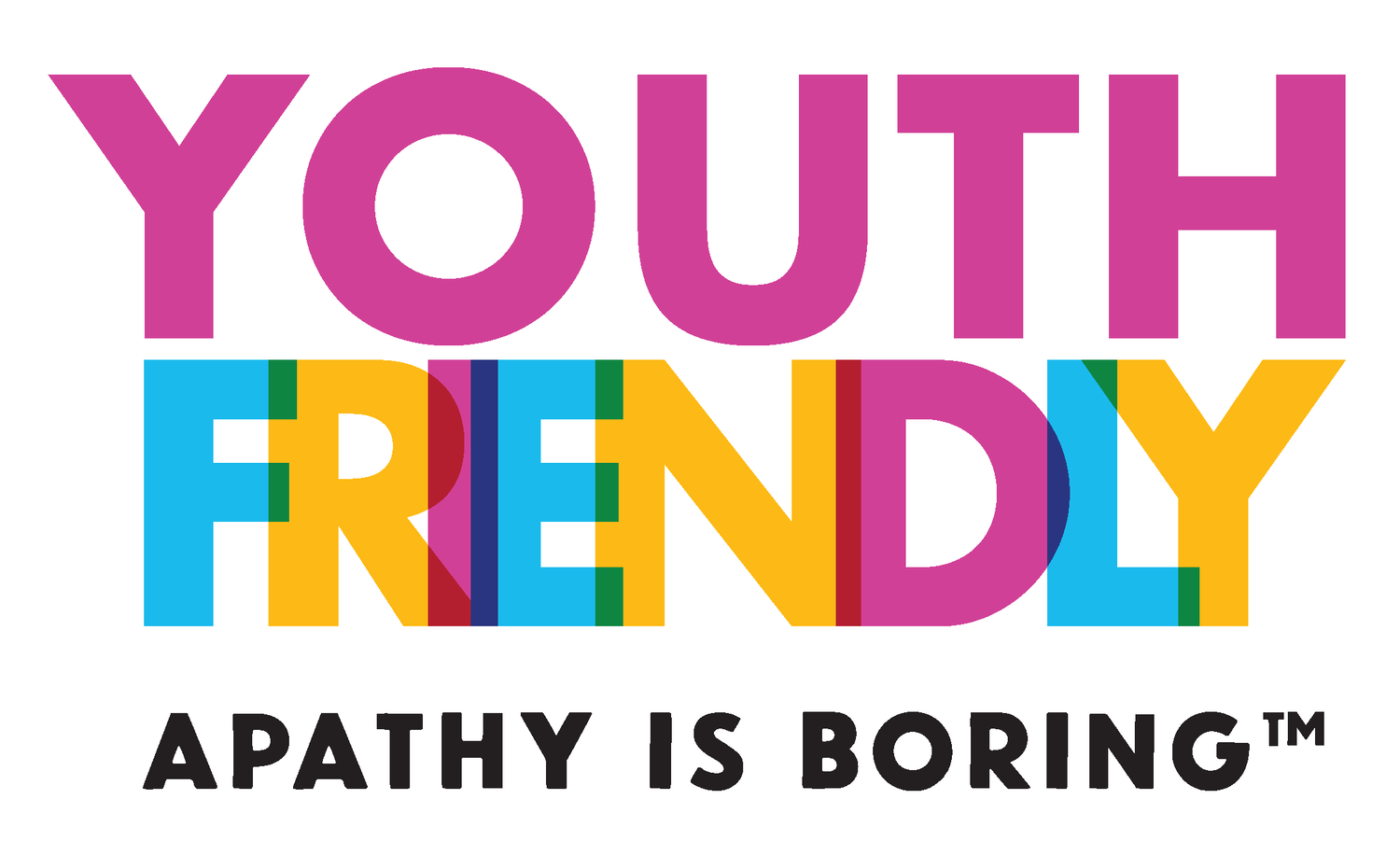3 New Years Resolutions To Make Your Organization More Youth-Friendly
Apathy is Boring’s RISE C8 Hub Night in Toronto, Anthony Galatianos
New year, new you? New Year's resolutions are a great way to kickstart a new beginning. And though we may enter the year with aspirations of grandeur and genuine willingness to do better, sometimes our resolutions are short-lived. The best way to effect lasting change is by implementing goals that are actually achievable and sustainable for you and your organization. Institutions of influence can make a huge difference in young people’s lives just by demonstrating that they care. But make no mistake: creating a “youth-friendly” environment requires work. It means fostering a space where young Canadians feel their voice has an impact and inspiring them to continue to get involved in their communities.
Looking to make your organization more youth-friendly this year? We’ve got you. Read on for three attainable goals to foster youth engagement going forward.
Set transparency rules
Striving for youth engagement is great. But when you are trying to get young people involved in your organization — whether it’s through internships, advisory boards, or actual job listings — you have to be transparent about compensation. This means posting the available salary on a job listing, or being clear when positions are unpaid. (Click here to read about the problems with unpaid internships.) Ultimately, it’s about demonstrating how much you appreciate young people’s input and time. If you’re looking for youth involvement and don’t have the resources to financially compensate them, step one is to be transparent about it, and step two is to find another way to show them they’re valued — for instance, giving them more decision-making power within your organization. Remember, when you set a standard of transparency for yourself, you show youth that you take them seriously. And that means a lot.
Hold yourself accountable
The disconnect between youth and institutions of power is worsened when young people feel there’s a lack of follow-through from organizations. When youth communicate how an organization can be more inclusive and accepting of them, it’s important that they see those changes reflected in policies and practices. It all comes down to accountability. In an organization, that means being responsible for the (often far-reaching) outcomes of your actions. For instance, your organization may be perpetuating a culture of ableism, which is pervasive in our systems and structures. Accountability comes when you acknowledge that your organization is not accessible, and you take steps to change that. Though it may sting in the moment to recognize that you got something wrong, it’s beneficial in the long run. If you own your mistakes and make the effort to evolve, young people will notice and appreciate it — trust us. There’s power in accepting when you’re wrong.
Be open to change
This one is easier said than done. That’s because “being open to change” is not one simple step, it’s an ongoing commitment. Being willing to rework your organization’s structures or policies to better accomodate youth is the biggest way you can meaningfully engage them. This doesn’t mean you have to change your values or what you stand for. But adopting a flexible approach and mindset will in-turn welcome more youth engagement. If young people point out something your organization is missing and they see that you are addressing it, you’ll garner more youth input in the future. Young people have exciting ideas to contribute, and having their suggestions reflected in your organization will inspire them to get engaged in other facets of their lives. Chances are, your organization has not reached optimal youth-friendliness, and that means there’s always room to do better.
Ultimately, being transparent about successes and failures, remaining authentic, open to discussion and changing to become more youth-friendly is the best way your organization can rein in the new year.

